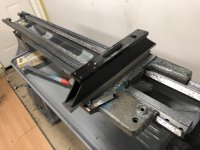Everyone says that South Bends are not valuable enough to scrape. They're not worth the time, it's cheaper to buy another lathe. They're probably right.
This project wasn't a labor of love, I didn't have some daydream about owning the nicest SB10L in the world or anything. Even now I don't intend to own the machine forever. My goal was solely learning how to scrape a lathe.
Leading up to this project, I had some experience scraping straight edges and surface plates. I had read the Connelly book. But I still didn't feel ready for a lathe. I never really had the intention of scraping the SB, but I realized it would be a perfect project for practice. If I screwed something up, replacement parts would be readily available.
In the end, I didn't have any big screw ups. The process went almost exactly as I had expected, from the Connelly book, youtube videos, and about a thousand threads on this forum. The lathe came out great. It's weird, this lathe I had regarded as worn-out junk for so many years is suddenly a really nice machine. I can't wait to make some chips.
This project wasn't a labor of love, I didn't have some daydream about owning the nicest SB10L in the world or anything. Even now I don't intend to own the machine forever. My goal was solely learning how to scrape a lathe.
Leading up to this project, I had some experience scraping straight edges and surface plates. I had read the Connelly book. But I still didn't feel ready for a lathe. I never really had the intention of scraping the SB, but I realized it would be a perfect project for practice. If I screwed something up, replacement parts would be readily available.
In the end, I didn't have any big screw ups. The process went almost exactly as I had expected, from the Connelly book, youtube videos, and about a thousand threads on this forum. The lathe came out great. It's weird, this lathe I had regarded as worn-out junk for so many years is suddenly a really nice machine. I can't wait to make some chips.











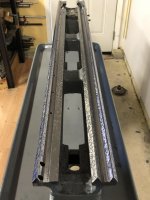

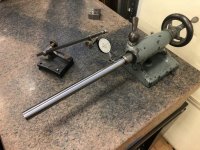

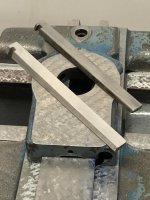
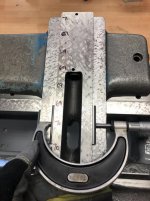





 . Perspective I guess.
. Perspective I guess.







